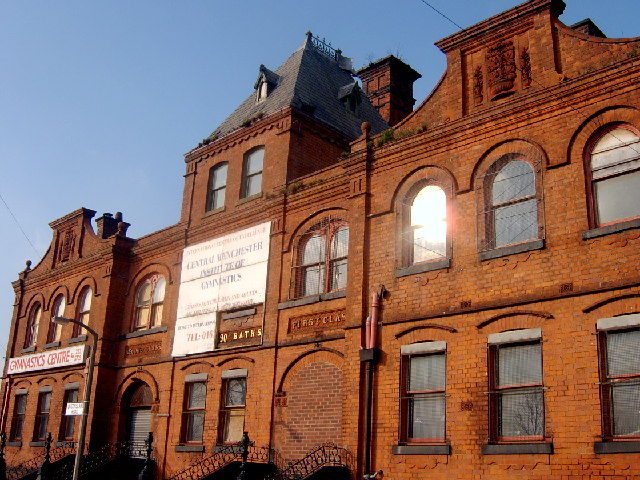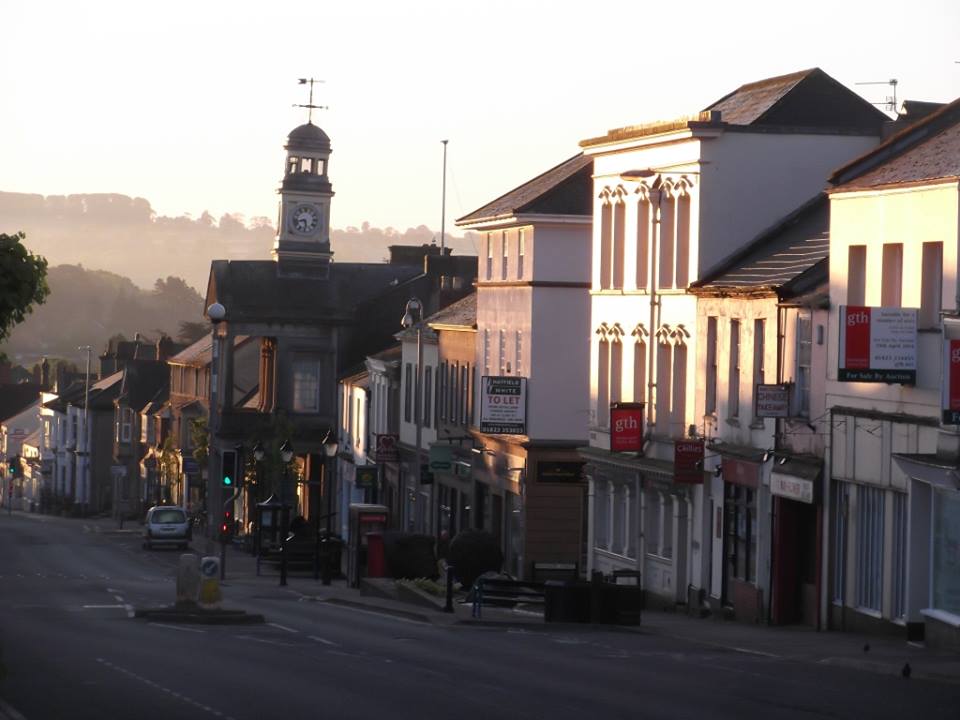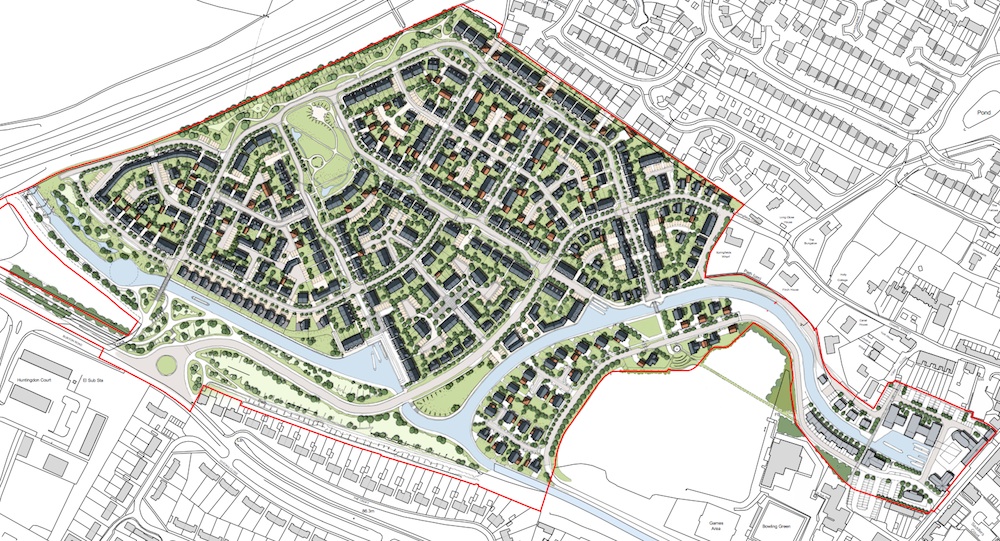Moss Naylor Young are passionate about regeneration, and see it as the ultimate objective of most of projects that we get involved in. We have been involved in comprehensive regeneration projects in east London around the Olympic site, and in the Chard Regeneration Framework in Somerset, whilst nearly all our projects are part of a wider regeneration scheme. We believe regeneration doesn’t just mean the fabric of a place but bring the community to life and life to the community. Regeneration should include the arts and music as well as commerce, sport and recreation as well as employment. We apply this ethos to all that we do.
Many projects involve an element of business planning, cost benefit analysis or both, for example waterbus services or freight operations need forecasts of revenue streams, whilst investment of public money in regeneration needs to be justified by outputs into the local economy: Moss Naylor Young can deliver all these aspects as part of their work on your project.




